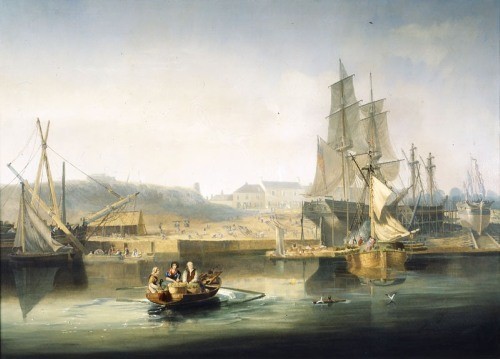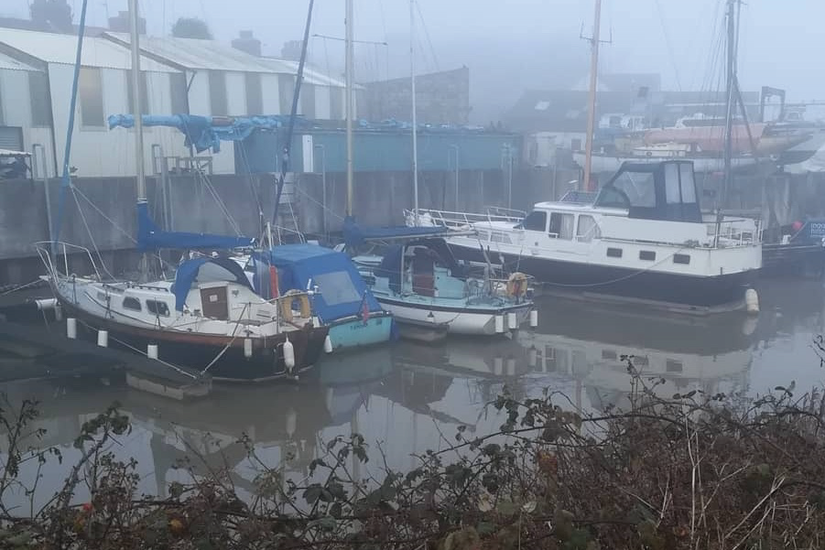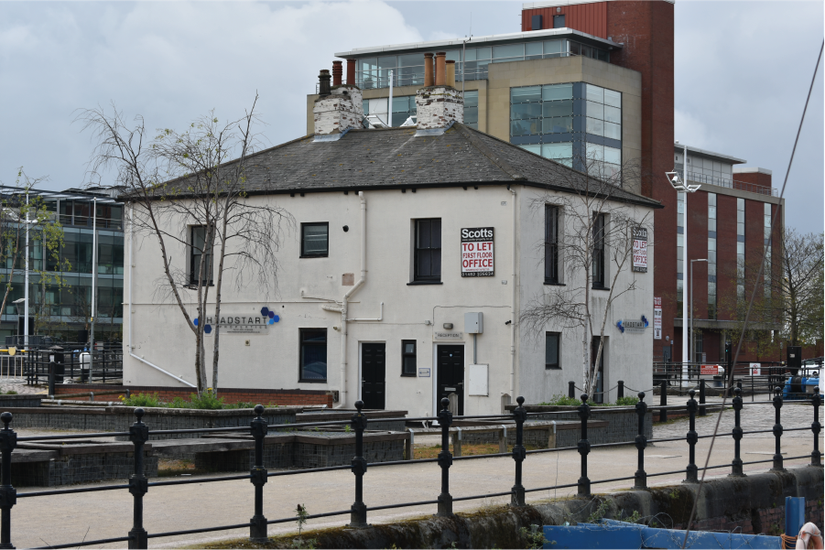"The Hero of the Humber": John Ellerthorpe of East Yorkshire
31/07/2020 | S. Griffiths
“Hero of The Humber”:
John Ellerthorpe of East Yorkshire

For this Yorkshire Day (1st August 2020) we’ve decided to recount the little-known story of John Ellerthorpe, late of Hull and Hessle; also known as the Hero of The Humber. Some of our Yorkshire and Humber based readers will certainly know of John and his lifesaving exploits during the 19th Century. And in his day he was famous around the Humber and gained medals from as far as London for his bravery…
In the age of the Humber Ferries, Packet Boats and horse-drawn coach travel the Humber Estuary provided the connection between Britain’s interior towns and cities of the Trent, Aire, Don and Ouse systems and the North Sea. This included major settlements like Gainsborough, Nottingham, Derby, Sheffield, Doncaster, Leeds, Selby and York. This, to an extent, is still the case today; with the large international ports of Immingham, Hull, Grimsby and Goole all connected via road and rail for trade and commerce. But it is hard to imagine the extent of traffic during the 19th century with the addition of public transport; increased small scale trade networks across and out of the estuary and “cottage” style fishing industries within the estuary itself (like the Paull Shrimpers).
This is the water-born landscape that John Ellerthorpe spent most of his life plying; also visiting far flung parts of the empire on occasion. Born (1806) in the little village of Rawcliffe, East Yorkshire, his career on the Humber started at ten, when his father became a ferryman at Hessle; running the Hessle to Barton-upon-Humber ferry. Between occasional work with his father and days at school (and sometimes instead of school!) John developed what became key experience in strong swimming; first in the local drains of the East Riding and soon after the tidal Humber (something we do not condone today!!).
This is a time when Hessle was not only the site for the long-standing passenger ferry across to Barton but also a bustling haven and harbour. Shipbuilding was a large part of the local economy since at least 1691, with many of the more famous Hull based boat building companies (such as Blaydes) having itinerant shipyards at Hessle; building the larger ships to order here, between Hessle Cliff and Hessle Haven.

Back to John Ellerthorpe and his father, John senior. It was during their time together, prior to John Junior leaving Hessle at fourteen to start a seafaring career, that the first lifesaving act happened. In 1820, before leaving for a life-at-sea, he saved one John Ellerthorpe Senior, his father, from Barton Haven on a return trip, late at night in choppy water (Woodcock, 1880).
“We were soon in the boat, but not many yards, when my father fell overboard. I remember crying out most piteously, ‘Oh, my father is overboard,’ when I instantly plunged into the water and soon had fast hold of him.”
Extract from John Ellerthorpe’s notes published in Woodcock (1880: pg 51)

By the end of 1820, he had saved a second person, his friend, William Earnshaw, from the very drain he learnt to swim in. There continued to be records of his life saving feats, mostly within the Humber (presumably while returning from sea and on leave). His seafaring career is recorded by Woodcock (Ibid) and details his start as a sailor on board the Jubilee at 14, trading between Hull and London. It would be interesting to look into the manor of trade for the Jubilee when the Humber Team go on to record the brick and clay wharfs on the south bank later this year. We already know that brick was being sailed to London throughout this period.

Back to John’s sailing career, it’s this that gives us an insight into the more far-flung lifesaving endeavours undertaken. Before returning to the Humber permanently in 1845 he sailed on two ships trading to Canada; the first recorded as the Westmorland. As well as a few records from London in the 1820’s John is recorded as saving one Mr. John Kent, from the Diamond Harbour, Quebec and one Miss Ellgard at Toronto Bay.
It’s notable that before 1845 several the 30 soles he lifted from the water where out of the Humber Dock and surrounds. It’s here that he finds a permanent role as the Dock Keeper for the Humber Dock Company (HDC). It’s seems he took up-residence next to the locks, in the building still standing to the east of the marina entrance perhaps. The earliest OS maps for the area record the site as a Dock Office but a Lock Keepers residence could be equally fitting.

Potentially most harrowing, for John at least, is the first of his lifesaving deeds after he attained this role with the HDC. This time not outdoors but at the Stoneferry Baths, then north of Ferry Lane Bridge on the west bank. It was his young son (also named John) that was saved that day. He recounts…
“When we got to the baths I found it too warm to bathe in [nb the baths where fed from the pumps of the local water works, hence their heat], so Mr. Lee and myself went into one of the adjoining rooms and had a long conversation about swimming [nb john had been employed to teach Mr. Lee’s sone to swim], while the two boys were left behind. At length I went to test the temperature of the water, it was remarkably clear, and, to my horror, I saw my son prostrate at the bottom of the bath!”
Extract from John Ellerthorpe’s notes published in Woodcock (1880: pg 81).
John Ellerthorpe, of the HDC, was awarded numerous medals including two from the Royal Humane Society in 1836 and 1861 (Ibid). At the time it was estimated that just 1:10 people who went to sea could swim; John set-up and managed two training schools in Hull and also instigated plans for the new Humber Ferry port at Queens Street (now in the area of Victoria Pier). You can see some of the remains as part of our online & self guided low-tide-trail. These exploits undoubtably saved even more lives through education and prevention.
There are other accounts of John including a recent article in the Hull Daily Mail and one from 2015 by Hull Museums.
References:
Woodcock, Rev., Henry, 1880. The Hero of the Humber; Or, the History of the Late Mr. John Ellerthorpe (Forman of the Humber Dock Gates, Hull). Re-published 2019: Good Press.








